Nathan Wirth, who was born and raised in San Francisco, is a self-learned photographer that uses a variety of techniques— including long exposure and infrared— to express his unending wonder of the fundamental fact of existence by attempting to focus on the silence that we can sometimes perceive in between the incessant waves of sound that often dominate our perceptions of the world.
Nathan earned both his Bachelor of Arts and Master of Arts in English Literature from San Francisco State University and brings a deep appreciation of poetry to his explorations of place (especially the sea). Poets such as George Oppen, Gary Snyder, Seamus Heaney, Robert Frost, Elizabeth Bishop, Mary Oliver, Lorine Niedecker, and George Mackay Brown have played a fundamental role in shaping his attention to the things and places that he photographs. Often returning to the same locations many times, Nathan seeks to explore the silence and the sublimity of those places. In addition to poetry, Nathan is profoundly influenced by the paintings of Caspar David Friedrich, Edward Hopper, Mark Rothko, and Camille Pissarro and the photography of Michael Kenna, Edward Weston, and Wright Morris.[Official Website] [Print Version] [Digital Version]
Can you tell a little about yourself?
I am a father and a husband and a fairly reliable friend. I am an English teacher at a community college in San Francisco. I am a gardener, a “sometimes” writer, and a failed poet. I am currently studying Ikebana (a Japanese style of arranging flowers). For many years, I have been studying poetry and Zen (in particular, the brushing of Zen calligraphy, the writings of Dogen, the setting of stones and the raking of sands in Zen gardens, the practice of mu shin no shin (mind of no mind), and the awareness of wabi sabi). I especially enjoy drinking tea imported from China, fine dark-roasted coffee, and delicious red wines from California and Oregon. I enjoy cooking, hiking and traveling. I am preoccupied with nature and nature writing. I have been an avid fan of American and international cinema for over 45 years. I listen to lots and lots and lots of jazz (Miles, Coltrane, Monk, Lee Morgan, Bill Evans, Chet Baker, etc.), classical music (Mahler, Beethoven, Bach, etc.), older rock and roll (Van Morrison, Neil Young, The Rolling Stones, The Grateful Dead, Leonard Cohen, Bob Dylan, etc.), folk (Townes Van Zandt, Nick Drake, Gillian Welch, etc.), and bluegrass and the blues. I am fascinated by many, many painters and photographers (too many to mention).
And I also work on my own photography, though, to be entirely honest, I do not think of myself as a photographer. But I do use cameras and lenses and filters and other photography stuff just like real photographers do.
How did you get interested in photography?
When asked this question, I often tell the story of how my wife tried to stop me from buying my first DSLR back in 2007 because she thought I was going through a midlife crisis and buying a toy to compensate for the fact that I was no longer youthful (and clearly I could not afford a fancy, fast car like wealthier men). She was certain that I would be bored after a few weeks. This particular instance is one of the few times she has ever admitted to me that she was entirely wrong.
That said— I, like many, had been taking photos for a long time but only with an instant film camera and only to record memories of vacations and parties and other personal experiences. However, I had also been, for quite some time, enjoying viewing the work of many of the more famous black and white photographers (Edward Weston, Paul Strand, Henri Cartier Bresson, Ansel Adams, Wright Morris, and Walker Evans to name a few). Until the advent of the somewhat affordable DSLR, I had never thought about the possibility of trying to work on my own images with the same careful attention as the photographers whose work I had long admired.
What inspired your Infrared Silence Series?
First and foremost, I have always loved trees—especially oaks and redwoods. I have hiked among them for most of my life, so it was only natural that, after a while, I would try and find a way to photograph them in a way that reflects my appreciation for them. I am also very fond of the “lone tree” motif. Alas—it is such a popular motif that it has become, for many, a cliché. I, honestly, do not understand that, for I never tire of encountering a lone tree on a hill when I am walking or driving in the countryside—nor do I ever tire of seeing images of them. All of that said— I wanted to express their inherent silence and, hopefully, challenge the cliché with a somewhat fresh look at the motif. In my way of seeing things, few motifs express silence more fully and richly than a lone tree or a few trees huddled together, so I have tried to focus on expressing and highlighting that.
I had been interested in experimenting with infrared photography for a while. I am fascinated by the way an infrared converted camera generally captures green leaves as white and blue skies as black and, thus, providing an opening for exploring dark tonal contrasts. However, I am not drawn to the overly “white” infrared images, the ones that make a summer day look a bit like winter. In all my photography, I am drawn to contrasts and tones, so I set out to find a way to use infrared to express such qualities. Naturally, I turned to the always reliable process of darkening (burning) and lightening (dodging) parts of the image.
Finally, when I capture light, I feel as if I am capturing the very essence of silence— the brilliance of light providing life and illumination with no sound— so when I wander around in the world, I wait to encounter those moments when light illuminates in its fullest potential for expressing silence (which I then emphasize when I dodge and burn my images). In many of my infrared images, I have tried to present the light of the sun as if it is a brilliant, natural spotlight illuminating the landscape. For me, this illumination is both physiological (our eyes scanning the landscape of our lives) and philosophical / spiritual (our minds and hearts inwardly contemplating the presence of what is being illuminated).
How would you define your general style of photography?
An attempt to capture silence (in, most often, black and white).
Could you tell us anything about your technique and creating process?
In Zen, there is the concept of mushin no shin (mind of no mind). This is what interests me. I seek to free myself from the concerns and considerations about what I am doing and simply create. Photography has become my practice. I return to it to simply do it and to simply create. I continue to create because it is part of the practice. In order to create, one often needs tools. To work on digital long exposure and infrared photography one needs a camera, a lens, some filters, some software, some paper, some ink, and a printer. I have amassed the tools I need and I work on my practice. My process is mostly experimental and improvised, nearly every image found and encountered in the moment. That said— I seem to have found a “certain look” that many associate with me. If this is true, I have only arrived at this look by simply being attentive to the practice of photography. It was not calculated. I did not seek to arrive at this point. I arrived at this moment by simply … yes … attending to the practice.
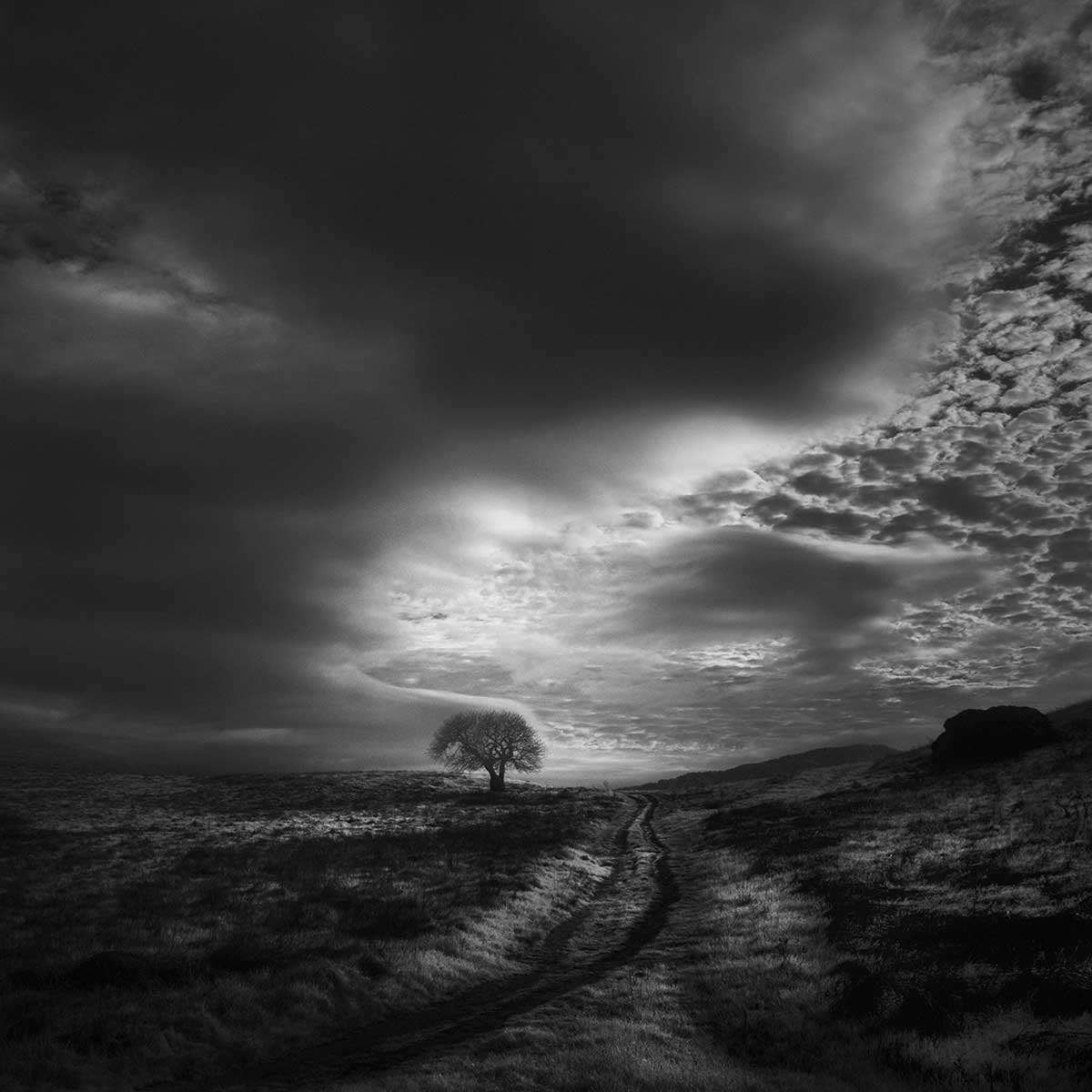
In your opinion, what makes a good nude photograph?
Since I have never worked on any nude photography of my own, I have never been asked this question before. However, I certainly have definite views. The majority of the nude images I have encountered over the years are little more than an excuse to capture something obviously sexual in a fairly non-artistic way— and to be quite honest much of it, the majority of nude photography being photographs of women, is really quite demeaning to both the power and value that each and every woman possesses. I do not think there is anything inherently wrong with erotic / sexual behavior or the photography of it—but the ubiquity of images of women who are wantonly gazing at the viewer of the image (which will typically be men) really expresses something that is beyond simply capturing an individual’s erotic expression. These images, if we are all being honest, make women (and sometimes men) an object that can be sold to an eager viewer seeking what they think or have come to accept as beautiful and sexual. Again— I see nothing wrong with capturing the naked body and nothing wrong with photographing sex. I just feel that the intent and the presentation behind most of these images is to simply titillate, and, personally, I see little or no value in that, and, once again, most of these pictures objectify and cheapen women and femininity. In the end, it makes much of the genre of nude photography a product, a lie, a cheap business transaction.
The power of an artistic nude image—in my humble opinion—whether it be male or female— is found in expressions that capture the same kinds of beauty found in landscape photography: an attention to form, lines, shapes, tones and contrasts. It is almost a cliché to refer to the “landscape of the human figure”—but that landscape is certainly there—and those images that capture the contours, valleys, textures, and curves of the human landscape are very appealing to me. The body in all its variations is quite beautiful and fascinating and engaging. And tonal qualities and textures and tones reflect the craft and skill of the photographer.
I also appreciate the kinds of nude images that capture a rawness, a reality, of the human figure; in other words, the simple physical fact of the body in all its many variations with no real attempt to intentionally beautify or sexualize. I am surprised by how few photographers capture the body as it is. Certainly, anyone who agrees to take their clothes off and pose in front of a camera opens themselves to potential vulnerabilities based in wishing to be perceived as beautiful and perfect, but part of our often-unfair self judgements about our own bodies has everything to do with how unreal and fake the majority of nude images are— nearly every “imperfection” having been photoshopped away. We are all, male and female, being sold an image of perfection that does not really even exist.
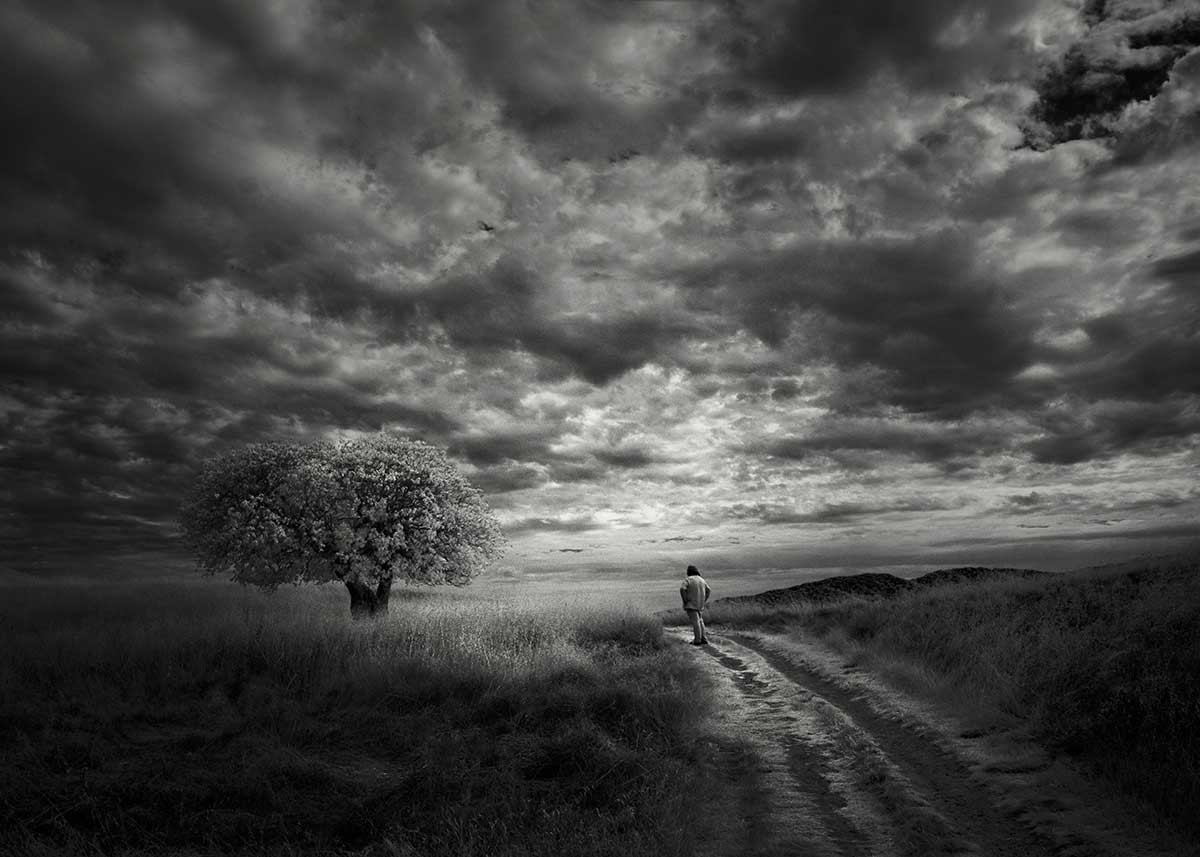
How much preparation do you put into taking a photograph?
I do not prepare for my photographs. When I am working on my seascapes, I go to a place that I feel like going to and then I wander around and look (and get some exercise) and then when something looks interesting I set up my tripod, take out and attach my filters and intervalometer, and begin working. I do not really think about what I am doing. I simply do it. I rely on my mistakes and successes of the past, and I, to the best of my ability, simply photograph. I will often then pick up my whole setup, tripod and all, and wander to another location at the beach. When I work on my infrared images of trees, I do more or less the same thing, but I add my car to the mix because the majority of the trees I photograph are out in the dairy farms and hills found on the backroads of Marin and Sonoma Counties in Northern California (about 20-30 miles north of San Francisco) and there are typically no paths for me to walk on.
Sometimes I just drive or wander around and take no photographs. Fulfilling our wanderlust is its own reward!
What makes a memorable project?
Anything that interests you can be a memorable project, but this, of course, does not mean that viewers of your work will find it as memorable as you do. I have a series of infrared images of Redwood Tree forests in Humboldt County in California, a series that I absolutely love, but very few of the people who encounter them seem to enjoy them anywhere near as much as I do. On the other side of the coin, what makes a project memorable to the viewer? That is always a mystery to me. I try my best to not worry about that. If I do, then I start to think about what I am doing. I prefer to simply do what I am doing without worrying about how it will be perceived.
How do you know when you have got the shot you wanted.
I do not really know until I get home and play around with the contrasts by dodging and burning. For my long exposures, I usually capture a few versions of whatever I am photographing. For my infrared work, I capture a handful or two of versions. For me, a RAW file is much like a piece of stone before an artist chisels his or her statue. I find what I want to express as I work “the stone.” Each digital “chisel” reveals the next part of the image to chisel—and when I am finished all will be revealed. I really try to keep the creative moment open and spontaneous.
But, sometimes, the light and the clouds and the moment are just so perfect that I know I have captured something that will work out very nicely.
Your idea of the perfect composition
For my personal tastes in art and photography, there is no perfection (in fact, I have no interest or belief in perfection). I do not say this to be critical of the question. I only mention it because, over the past few years, I have moved away from worrying about such things. First, when I enjoy the work of others, I do not think about how they composed the image; I, instead, let the image breathe and I enjoy on it on its own terms. Unless I am being asked to explain why I appreciate something, I rarely comment on the composition. I simply enjoy what I am viewing. When I compose my own images, I simply let the composition unfold in whatever unconscious way I experience the moment. One of the great profits from working on artistic expression over time is that you can eventually just create without the worry of the how and why.
Certainly, one can arrange things in the frame so that it looks completely out of order and, thus, visually confusing, thus rendering the image unpleasant or unsuccessful. One simply learns, by doing and observing, what works and what does not work.
That being said— I tend to be drawn as a viewer and a creator to minimal subjects. I like lots and lots of negative space in my images. I like lots and lots and lots of sky. But these are just the ways I naturally compose.
What would I find in your camera bag?
Two cameras, two lenses, a variety of neutral density and graduated filters, a filter holder, a cleaning cloth, some extra batteries, an intervalometer, a flashlight, an extra hat, a scarf, and a pair of wool gloves.
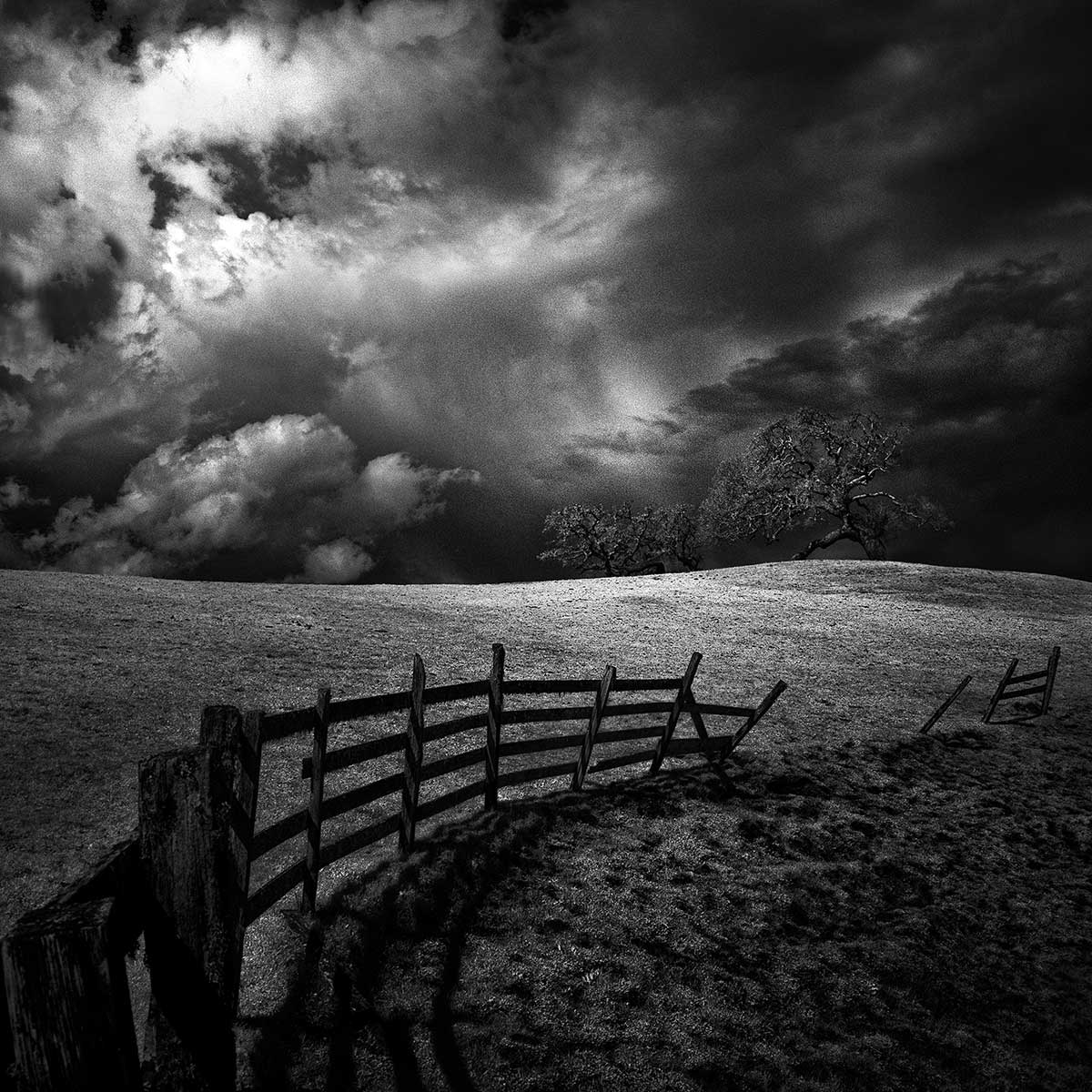
How important is an awesome website for your business and how has social media played a role in your photography?
I guess I use my website as a virtual gallery of sorts. That said— I am the worst promoter of my own work. I tend to wait until someone finds me. I was talking to my friend, the fantastic photographer Steve Landeros, during breakfast one morning, and I explained to him that most photographers who use social media as a marketing tool are very much like billboard signs along a freeway. Their social media posts and images scream out into the world, “HERE I AM!” and “COME OVER HERE!” “BUY THIS!” I am not criticizing such behavior. It is just not what I do. I am more like the small fruit stand that you might encounter on a back-country road far away from the traffic of the freeway or a city, the kind of road that you might drive down if you are a little more adventurous and tired of the traffic on the freeway. I, personally, love those roads. You find interesting things there.
I do want my humble little photos to find people who will like them. I do want my simple images to hang in the homes and offices of people who connect with them. But I do not want to holler at people passing by. I want people to find my images and connect with them on their own terms. I use social media to share my images—and it really is very remarkable that one can, in this day and age, post an image to a social media site like Facebook or Instagram and have the image seen by hundreds, even thousands of people. I appreciate every kind word, every favorite or like. I have made many friends via social media (and these friends live all over the world).
However, the power of the photo, for me, is best expressed in a print, much of the tonal qualities and contrasts I work to express often lost in the sharpening that a social media uploader does to the image. Online images are subject to the quality of a viewer’s computer monitor and other factors that I have no control over. In the end, I do not really know how to be a business person. So, I approach the sharing of my photos in the same I way approach creating them. I simply share them and then whatever happens then happens. People have found me even though I do not project myself widely and loudly. Indeed, I have worked on a few projects that I really enjoyed– and my images have been used by a variety of people and companies in ways that I feel very happy about.
What future plans do you have? What projects would you like to accomplish?
I do hope, someday, to travel to Scotland, Japan and the Huangshan region of China so that I can work on some photos there. Each of those places has a great appeal to my sensibilities (misty landscapes, snow, lone trees, the ocean, rolling hills, etc.). I am also working on a book. I would like to publish it myself so that I have complete control over the printing of the images.
Finally, one last question. What opinion do you have of Dodho Magazine and our Black & White Book 2017?
I have a deep appreciation for everything Dodho Magazine does. I visit the website often to be inspired by the many different genres and approaches to photography that you guys share with your audience. I am, of course, both humbled and grateful, that your judges selected me for an honorable mention and then included me in your book. I often feel that many of the many, many, many photography contests in the world are just about collecting money (with no real interest in photography or photographers). This is not true for Dodo. You guys work very hard to share the value of photography.I am very, very happy to have been selected and included. Thank you very, very much!



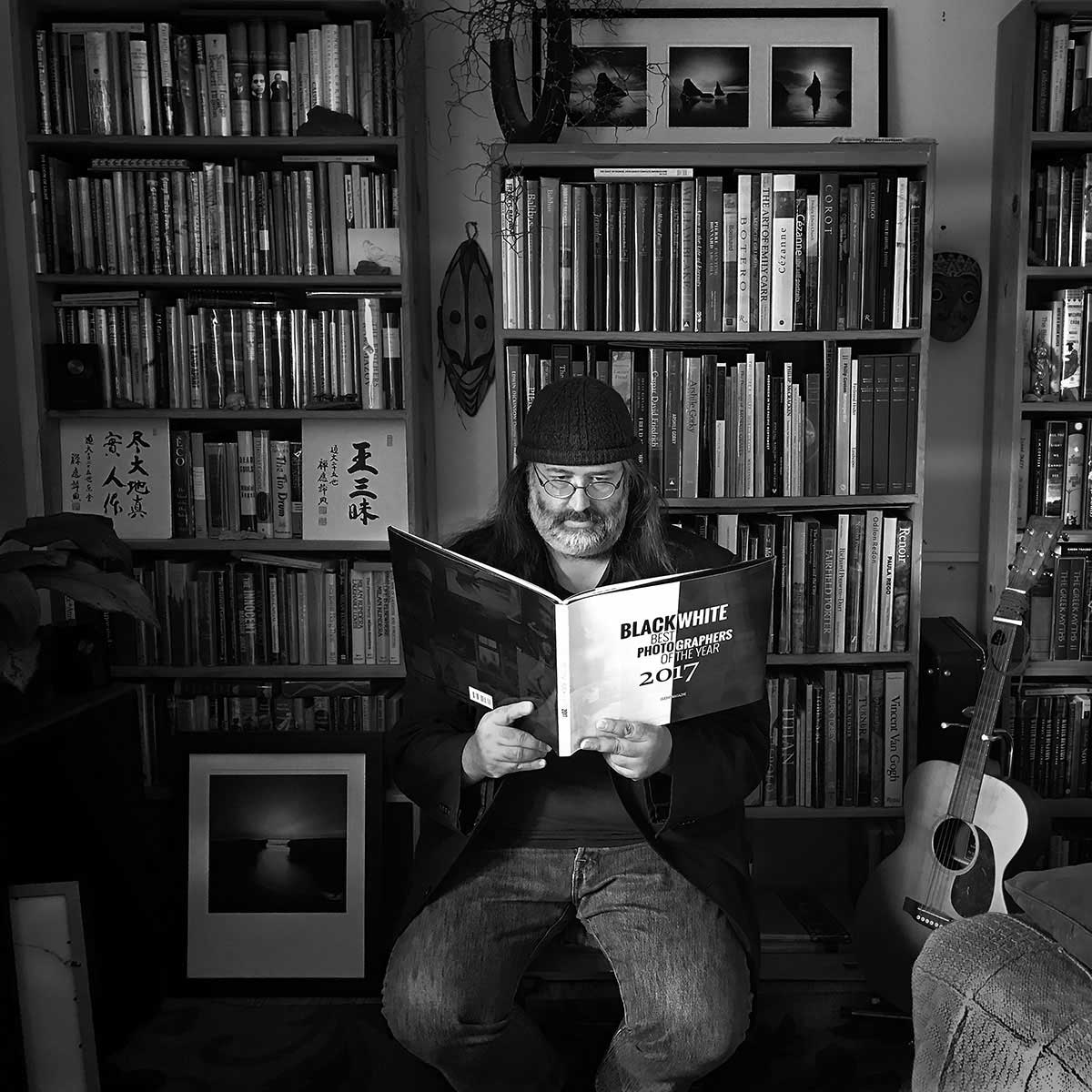
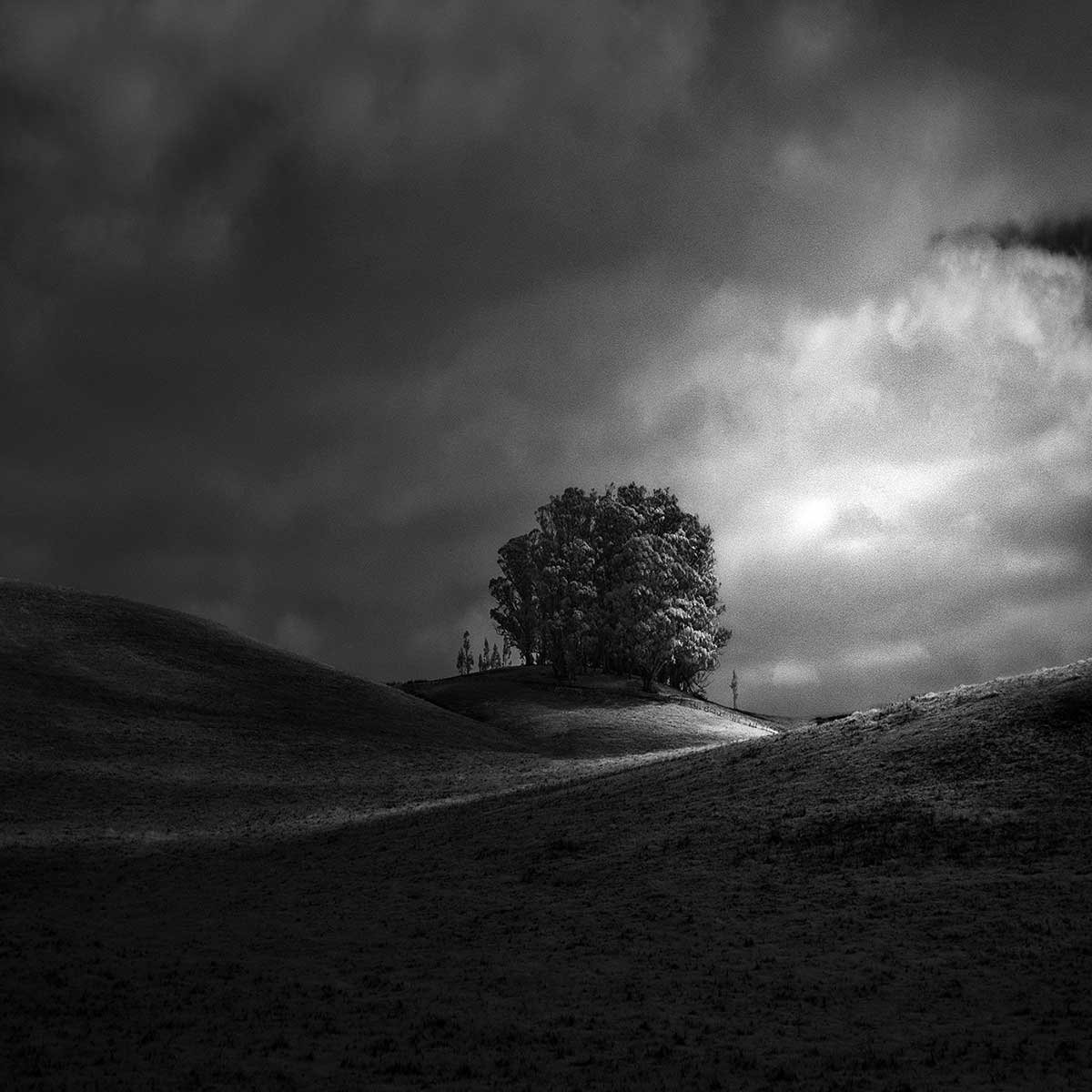




One comment
George Digalakis
Sep 24, 2017 at 12:33
As always a well written and thought provoking text. My compliments dear Nathan!
Comments are closed.